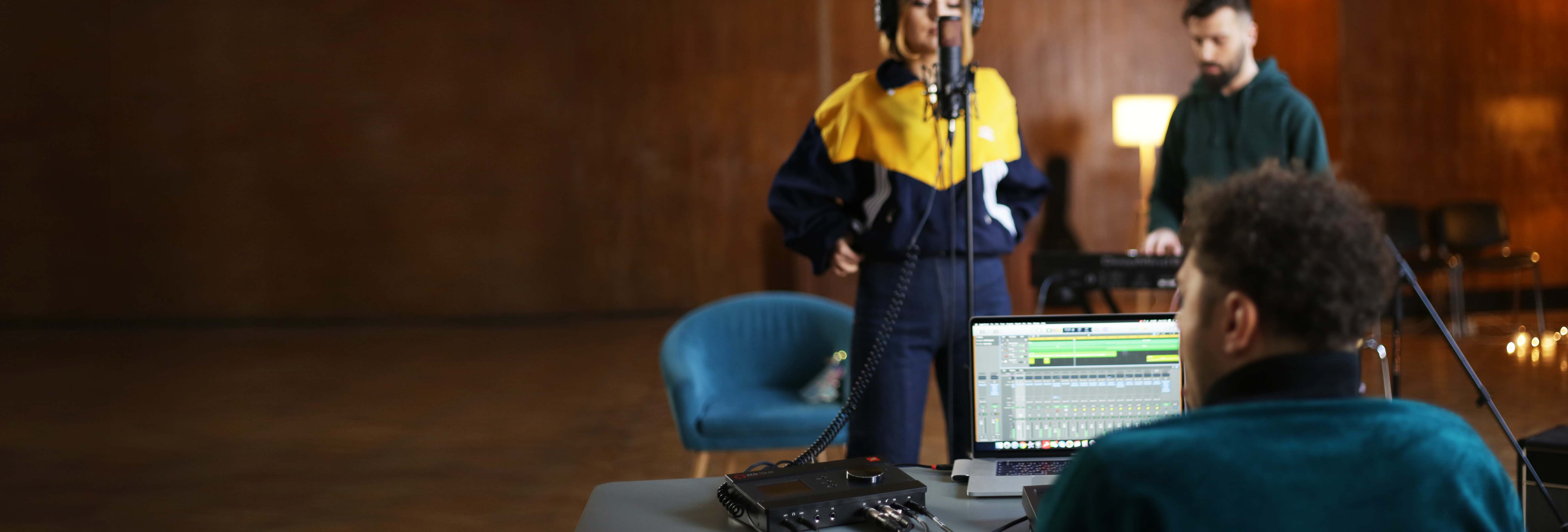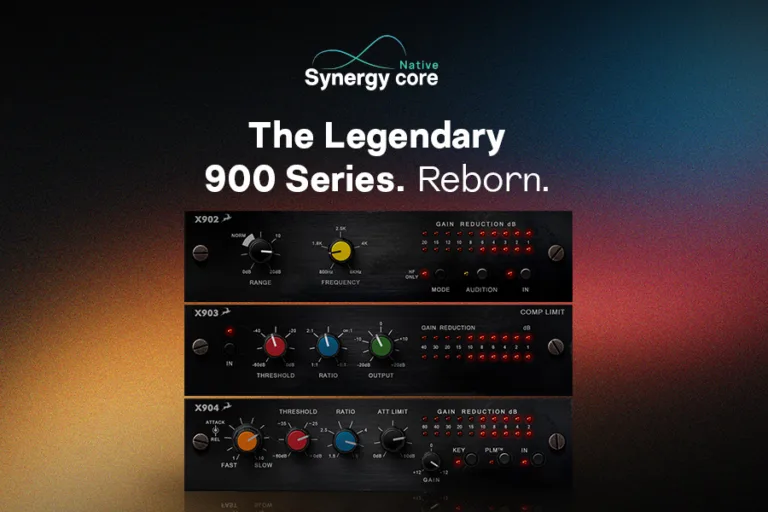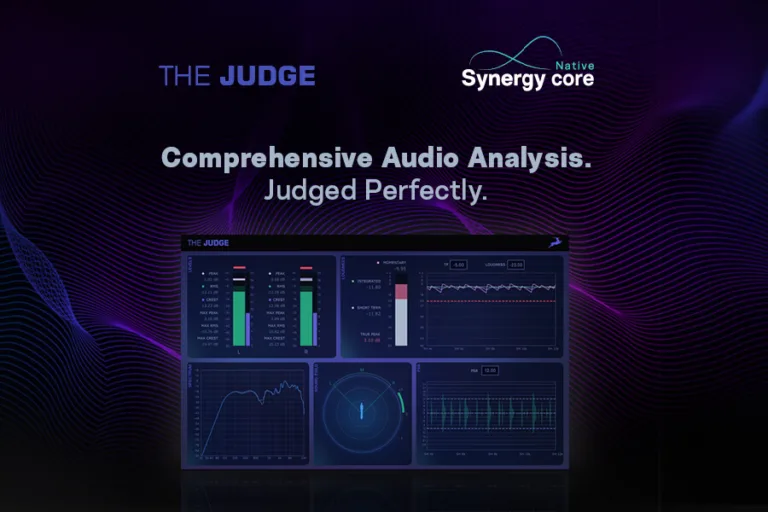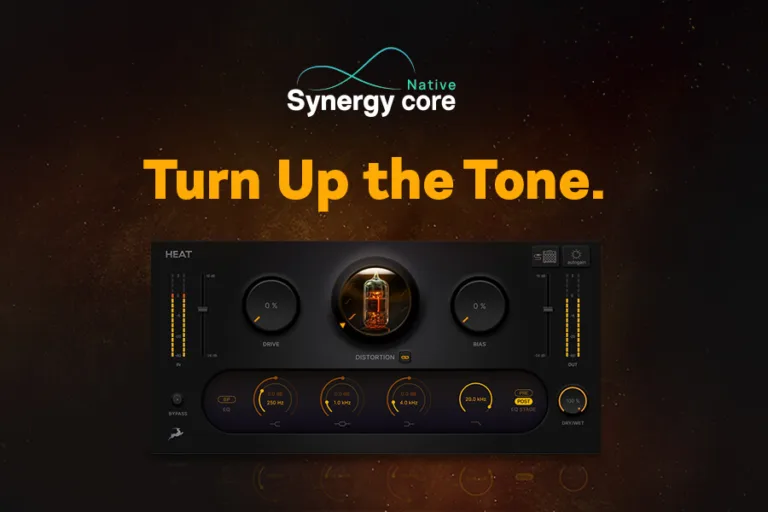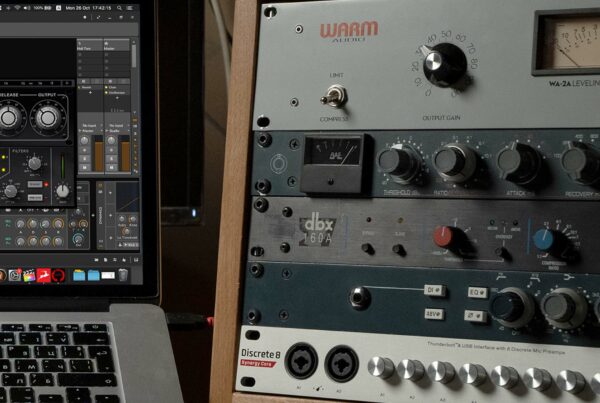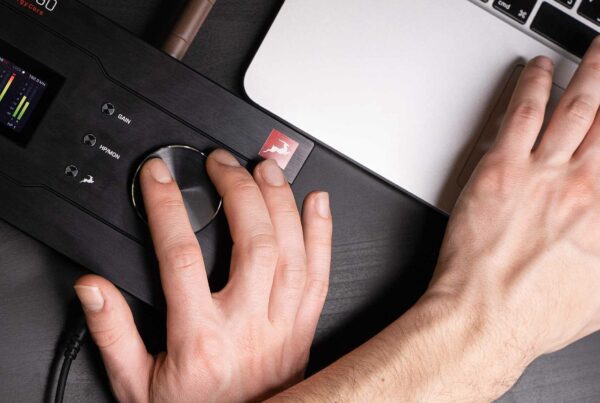In a previous post we covered the importance of cue-mixes and how much they can influence the final result of a recording. The main idea behind this is to create an engaging and inspiring monitor mix for the talent so they can give their best performance. By processing the audio signal and mixing it just like you would in a record, it can make the artist excited and have a very powerful reaction on their execution.
There are many ways this can be achieved but we could separate them in two methods: processing the input path or the monitoring path. Let’s go through the difference between these two and some of the benefits that they can bring to your workflow.
Input path and monitoring path
When we talk about input path we refer to the signal coming into our computer from our microphone or instrument, through our preamp and audio interface. As we saw in our previous blog post on How to use an audio interface, once we get our input signal into our DAW we would be able to hear it if we arm the track or engage the Input monitoring. This opens up the monitoring path, where the signal travels from the computer to our monitoring system. If you don’t make this path available you would be recording the signal but won’t be able to hear anything. But there is another way to get this path working. Our audio interfaces from the Synergy Core line allow you to monitor directly from your interface, right after the input stage, without depending on your DAW and avoiding any latency. By bringing up the volume of your channel in the Control Panel’s mixer you will get direct feed of your microphone or instrument into your monitoring system.
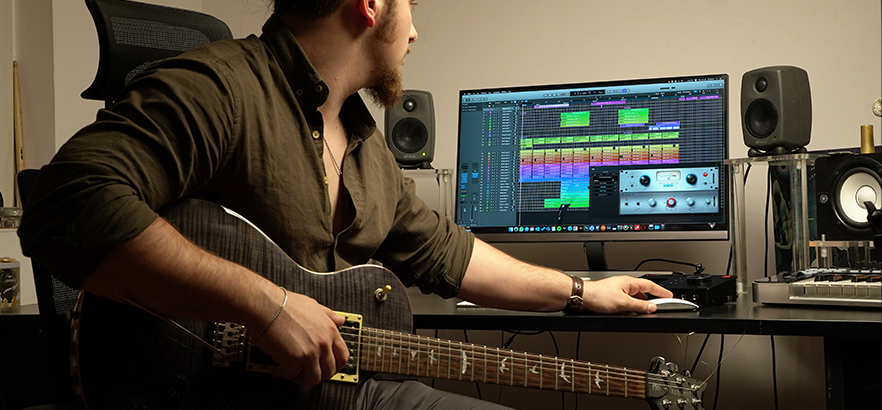
Processing input vs monitoring
When we process audio in the input path we are modifying the signal on its way into the computer. This means that any changes made through EQ, compression or saturation will get printed in our audio file. It follows the moto of most recording engineers: record as well as possible so you have to do little in the mixing stage.
On the other hand if you do the processing in the monitoring path you don’t need to commit to the sound that you hear in your monitors. You can capture the signal clean but get inspired by the processing that you hear on your headphones during tracking. Most modern recordings get advantage of this possibility and use plug-ins in their sessions to get that polished and inspiring sound on their cue-mixes. The problem with this, as we have discussed in other posts, is managing latency which can cause hiccups in the creative process.
But why settle with only one of these options when you can have the best of both worlds?
Thanks to the flexible routing of our Synergy Core interfaces and powerful effects processing you can monitor in real-time with effects without worrying about latency and record both the processed and clean signal at the same time.
Creative flexibility
The Control Panel software is the core to manage this process. It provides control of a fully featured virtual studio that includes the interface’s preamps, virtual channels, mixer consoles, equalisers, compressors and reverb effects. Do you want to record your microphone signal with and without processing? Not a problem. Just select your preamp as input in two of the Control Panel channels and add the desired processing to one of them using the built in Synergy Core effects. Then create two channels in your DAW and assign the two inputs that you already set up. Now you can either choose to monitor from your DAW or directly from the Control Panel software and take advantage of the near-to-zero latency that our interfaces provides.
Clean up your audio with some basic processing, make it sound vintage with analog-modeled effects, create parallel processing, all at the same time using different channels. All without burdening your computer’s CPU or having to change your buffer size.
Behind scenes
The secret behind the Synergy Core real-time effects processing is inside our interfaces. Instead of using the computer resources to process the audio, the modelling software runs on the combined computing of custom FPGA and DSP processors.
FPGA (Field Programmable Gate Array) is a type of dynamically reprogrammable integrated circuit used to craft the analog-modeled effects, like compressors or equalisers, due to its programmable versatility and real-time processing. On the other hand, ARM (Advanced RISC Machines) processors are designed to perform a smaller number of types of computer instructions so that they can operate at higher speeds, which makes them a great choice for running reverb or delay effects, which tend to be more processing hungry.
Making these two types of processing work together creates the perfect ecosystem to provide the accuracy and real-time response needed for audio processing and monitoring.
This architecture allows you not only to use our Synergy Core devices as audio interfaces for your computer but also as external hardware processors in standalone mode since they don’t require constant connection to a computer. Once the audio configuration and routing are set in the device, the FPGA’s internal memory is enough to get you through the session. Versatile guitar rigs, reverb and effects units or vintage compressors all set and ready in une single unit. No more huge racks or heavy equipment to get your recording, mixes or live show sounding amazing. A true fully featured studio wherever you go.


